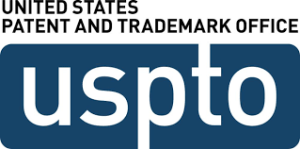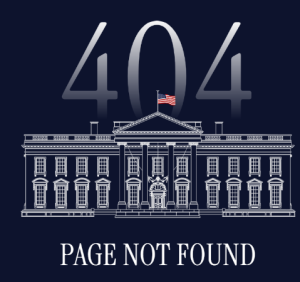Media & Events
Understanding the USPTO’s Updated AI Strategy for 2025: Key Takeaways and Changes from 2024
- Feb 11, 2025
The United States Patent and Trademark Office (USPTO) has released its Artificial Intelligence Strategy for January 2025, building upon previous guidance and reflecting evolving policy considerations around AI, intellectual property (IP), and technological innovation. This updated strategy aligns with Executive Order 14110 and broader federal initiatives to ensure the safe, secure, and responsible development of AI.
Below is a summary of the key aspects of the 2025 USPTO AI Strategy and how it has evolved from the 2024 guidance.
Key Updates in the 2025 USPTO AI Strategy
The USPTO’s updated strategy focuses on five major AI focus areas, each outlining specific actions aimed at integrating AI into the intellectual property landscape while promoting responsible innovation.
- Strengthening IP Policies for AI Innovation
- 2025 Update: USPTO reinforces its commitment to inclusive AI innovation by issuing new policies on AI-related patents, trademarks, copyrights, and trade secrets.
- What’s New? Very Little
- Trademarks: Continued monitoring of AI-related trademark developments with increased emphasis on Name, Image, and Likeness (NIL) and other “indicia of identity” issues in trademark law due to AI-generated content.
- Patents: Continued exploration of AI-assisted inventorship and patentability of AI-driven innovations; however, very little – if any – concrete information on the goals and theories being explored by the USPTO were provided.
- Copyright: Expansion of AI-related copyright considerations, particularly regarding AI-generated works; however, it is important to note that the guidance specifically included a reference to “data ingested into” AI systems which may signal the growing importance of training data to the creation and intelligence of these systems.
- Expanding AI Capabilities and Infrastructure
- 2025 Update: USPTO aims to invest in advanced AI-driven tools for patent examination and database management. In this section the USPTO mentioned a few of the areas where the have implemented AI tools.
- Where is AI Implemented at the USPTO?
- AI Driven systems analyze “virtually all non-provisional utility patent applications” to assist in patent classification and to assist patent examiners in identifying prior art.
- AI assistants are offered to innovators and entrepreneurs seeking to protect their IP and help those unfamiliar with the patent and trademark system.
- Improved data resources and computational infrastructure to support AI-based IP operations are referenced and the guidance discusses security and data stewardship efforts.
- Promoting Responsible AI Use
- 2025 Update: The USPTO integrates ethical AI principles from NIST’s AI Risk Management Framework and the AI Bill of Rights into its operational AI systems.
- Any Concerns?
- A portion of this key focus area related to “upholding equity, rights and civil liberties” are defined in an Executive Order by the prior administration which directed Federal agencies to design and implement AI systems in ways that promote equity and civil rights.
- The footnote in the guidance related to the AI Bill of Rights linked to a whitehouse.gov page that is no longer accessible.
- The footnote in the guidance related to voluntary commitments to manage the risks posed by AI secured by the prior administration and leading AI companies returned a 404 page not found notice as seen below
- Expanding AI Expertise in the USPTO Workforce
- 2025 Update: The USPTO is training staff (USPTO workforce is approximately 14,000 personnel) and hiring AI specialists to improve the office’s ability to handle AI-related patents and trademarks.
- What’s New?
- Increased training programs and “foundational curricula” for patent examiners on AI-related inventions.
- Introduction of AI education initiatives for legal and administrative staff.
- Plans to recruit more AI professionals for policy and technical roles.
- Strengthening Global and Interagency AI Collaboration
- 2025 Update: USPTO is expanding its collaboration with U.S. and international partners to establish AI standards and IP best practices.
- What’s Involved?
- Stronger ties with international patent offices on AI governance.
- Partnerships with private-sector AI developers to assess IP implications.
- Ongoing listening sessions with stakeholders to shape AI policies.
Final Thoughts
The 2025 USPTO AI Strategy builds upon previous guidance while adapting to the rapid evolution of AI technology. However, it is important to note that this guidance was released on January 14, 2025. Since the publication date, we have seen significant policy changes implemented that seem to conflict with many of the goals of the key focus areas. Given the political turnover and the impact of efficiency efforts, there is a high likelihood of material changes to the guidance and it is too early to know where those changes will manifest. We have seen both fear and excitement within the industry of the interaction between the Department of Government Efficiency (DOGE) and the USPTO. Once DOGE moves into the USPTO, we will provide updates on the impacts to the traditional systems within the USPTO and also whether guidance efforts such as this continue.
- Tags:
- AI
- Copyrights
- IP education
- Patents
- Trademarks
- USPTO


